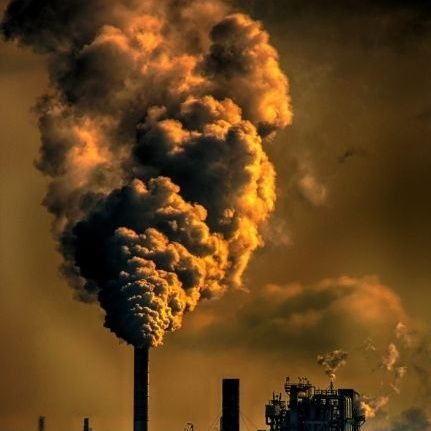
Información
Manjit Singh Sahota states there is an ongoing debate about when global oil and gas production will peak, whether at the end of the decade or sometime in the next...
mostra másIn this scenario, companies must make their oil and gas production as efficient and as cheap as possible as soon as possible. Oil companies are likely to look for new oil or gas sources for which extraction, transport, and refining are much more complex and costly. To maintain their current production levels, oil companies could also try to extend the life of mature plants. Natural gas and oil production in the United States and other parts of the world continues to outpace expected growth in global oil demand, particularly in Europe and Asia, according to the International Energy Agency.

Manjit Singh Sahota states there is an ongoing debate about when global oil and gas production will peak, whether at the end of the decade or sometime in the next...
mostra másIn this scenario, companies must make their oil and gas production as efficient and as cheap as possible as soon as possible. Oil companies are likely to look for new oil or gas sources for which extraction, transport, and refining are much more complex and costly. To maintain their current production levels, oil companies could also try to extend the life of mature plants. Natural gas and oil production in the United States and other parts of the world continues to outpace expected growth in global oil demand, particularly in Europe and Asia, according to the International Energy Agency.
Información
| Autor | Manjit Singh Sahota |
| Organización | Manjit Singh Sahota |
| Categorías | Ciencias naturales |
| Página web | - |
| - |
Copyright 2024 - Spreaker Inc. an iHeartMedia Company
